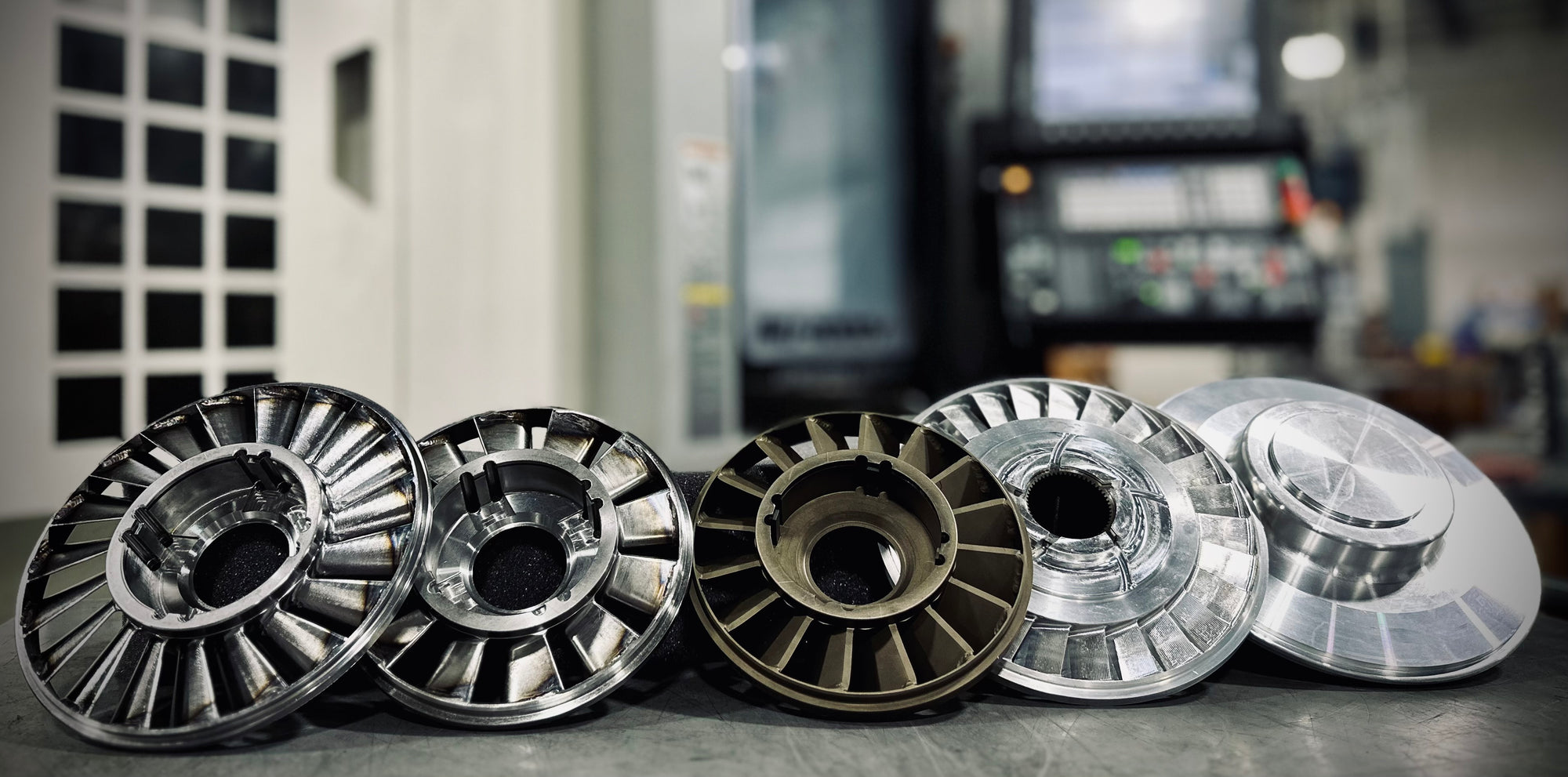You might have heard the phrase “torque convertor” when you’re a automobile enthusiast. In the realm of automotive engineering, torque converters hold a significant role, particularly within automatic transmission systems. They play a key role in ensuring smooth vehicle operation, power transmission, and an enjoyable experience for drivers. We will explore the complex realm of torque converters in this article. We’ll discuss their intricacies and workings and shed some more light on the important importance they play in the automobile industry.

Torque Converters The Essentials You Need to Know
A torque converter is at its core an fluid coupling that is used for automatic transmissions. Its main function is to transfer the power produced by an engine into the transmission. The transmission then drives the wheels. This system operates smoothly within the automatic gearbox and bridges the gap between the movement of wheels and engine power.
In play are the components The torque converter is an assembly that consists of three main components that are the impeller (or turbine) along with the stator and the stator. They work in tandem to transform torque and transmit power.
The Mechanism is being broken down
The mechanics of the operation of a torque convertor are extremely complex with intricate interplays that result in a powerful power transmission:
The engine initiates the process by spinning the impeller. The impeller resembles the shape of a fan, and is used to transfer transmission fluid through the converter. As the impeller turns it generates fluid that hits the turbine’s blades.
Turbine Response: A turbine connected to the shaft that is used for input of the transmission is activated when the fluid strikes the impeller. This causes the turbine to be set in motion and rotate at a speed that is proportional to the speed of the impeller. The turbine produces kinetic energy, and produces the power needed for the transmission system.
The Stator’s role in enhancing efficiency
One of the key elements of the torque converter is the stator. The stator, located between the impeller (or turbine) and the impeller is a crucial element in increasing the efficiency of the power transfer.
Fluid Redirecting Mechanism – The stator functions by redirecting the flow of fluid between the turbines and impellers. This is essential for maximizing torque and making sure that there is a an efficient power transfer. By controlling the fluid’s path the stator is able to contribute to an efficient and balanced operation.
Torque converters are vital in driving.
The operation of a torque converter holds significant importance to the driving experience:
Smooth Transitions. The design of the torque converter and its mechanics aid in seamless shifts between gears. Convertors for fluid coupling eliminate the need for manual engagement of clutches and result in seamless gear shifts.
2. Torque converters may also be able to stop engine stalls. Fluid couplings allow engines to continue running even when the vehicle is stationary. This provides a steady idle, and avoids the requirement to engage manually the clutch when the vehicle stops.
3. Torque converters are effective in delivering power because they optimize the transfer of power. This enhances your driving experience as it gives you the power for acceleration or cruise control.
Conclusion The Torque Converters, as mechanical components, are the foundation of automated transmissions. Fluid coupling, which is enabled by the stator turbine, and impeller, allow seamless transfer of engine power to the transmission. This efficient power transmission assists in smooth gear changes, prevents stalling and idling issues, and boosts overall performance of the vehicle.
Understanding the purpose of torque converters is essential for automotive enthusiasts as well as engineers. These devices are the result of the marriage of fluid dynamics and engineering which guarantees that every driving experience is smooth and efficient. Torque converters are an essential part of automotive technology, and will continue to remain so as long as the technology evolves. They demonstrate the interplay between mechanics, the functionality of the device, and engineering.
